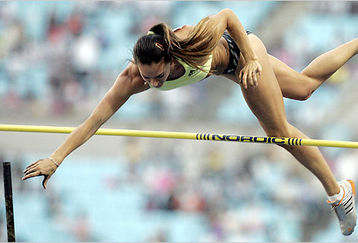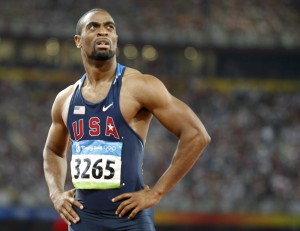Posted on
May 25, 2010 by
Rojo Grande

The common kitchen match.
It’s been around for nearly two centuries, essentially unchanged. Today’s high-tech geniuses have not come up with a cheaper, safer, more portable source of fire.
John Browning’s Colt .45 auto-loading pistol.
In an age where a missile can be guided through a knothole from outer space, Browning’s 1911 design is still without peer in regard to efficiency and reliability.
The Great White shark.
No frills. No attractive lures. It sees what it wants and gets it. Over millennia, it has not changed or evolved. The perfect killing machine has no need to adapt.
The beauty is in the simplicity.
Since man first became aware of his own existence, he followed a pattern observed in his fellow four-legged creatures: a playful pre-enactment of more serious matters to come.
Just as young pups and adolescent colts feigned fighting as practice for future survival, humans engaged in games, mimicking the skills necessary for hunting and warfare.
Running, jumping, throwing. Strength, agility, speed. An inborn competitive spirit drove man to seek the fastest, the strongest, the most enduring.
And such was the genesis of what we now call Track and Field.
The basic elements of my favorite sport have not changed over the centuries. It still comes down to a single individual, sometimes with a single implement, striving against an opponent to determine how fast, how high, or how far.
No frills, no protective gear, rain or shine, clothed in only the essentials. Competition in it’s most raw and fundamental form.This is why the sport appeals to me.
The beauty is in the simplicity.
Lately my sport has lost some of it’s popularity. Some blame drugs. Some blame a lack of media attention. Others say not enough blood and violence.
The drugs have been prevalent in almost every sport. Track and Field now has one of the most stringent testing regimens in sport, to the point of even banning some substances which have no performance enhancing properties at all. The modern athlete is subject to an ever-invasive presence few of us are even aware of.
Since the “Golden Age of Track and Field” (1960s and 70s), yes, media attention has been diverted to other sports, more by default than public demand.
When one considers the two Track and Field powers of that day (USSR and USA), perhaps the two misguided Olympic boycotts in 1980 and 1984 did more harm to the sport than good for the world. Ponder the timing.
Blood and violence? Society, with it’s onslaught of non-stop multimedia and virtual reality has become de-sensitized, and clamors for more and more stimulus. Is the sight of Usain Bolt twice demolishing two world records not stimulus enough?
The temptation by those in power, to right the sport’s ship, may tend toward the way of the world: more glitz and gimmicks. I appeal to those in power to not go down that road. It will surely lead to the dilution of one of history’s purest sports.

The appeal is in the raw purity of the sport
IAAF’s inaugural Diamond League Series, featuring the world’s top talent, teeters precariously in that direction. The format eliminates many of the traditional events at each venue to satisfy the time constraints of television and a perceived “microwave” society.
While the basic concept is good in that it does guarantee the most elite athletes will appear at 14 venues across the globe, the series needs some tinkering. What is not guaranteed is that the best of the best will consistently meet head-to-head throughout the season.
A thrill-seeking public will quickly tire of yet another predictable outcome when superstar meets “also-rans”.
Given Track and Field’s steady popularity over the decades, perhaps a look back would be more prudent in searching for answers.
The current down cycle in the sport is but a blip in the grand scheme of things.
Track and Field has endured the Fall of Rome, the Dark Ages, the Renaissance, the Inquisition, the Industrial Revolution, two World Wars and the Beatles. Through it all, it has maintained its purity, simplicity and integrity.
Society is not the constant in this equation. Our sport is.
Society will eventually sicken itself as its tolerance level for more stimulus is finally achieved. It will come full circle and again long for the pure and simple. Hopefully our beloved sport will be there waiting, unchanged, for a new generation of fans.
The beauty will be in the simplicity.
 Back injuries are a common issue among athletes, especially those who compete at a high level.
Back injuries are a common issue among athletes, especially those who compete at a high level.



